Alexey Uvarov
On barren plateaus and cost function locality in variational quantum algorithms
Nov 20, 2020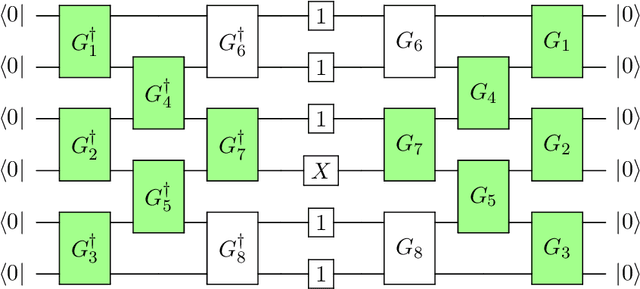
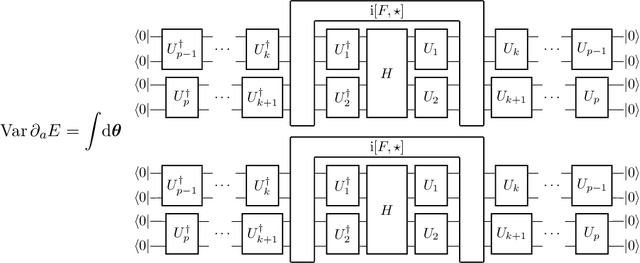
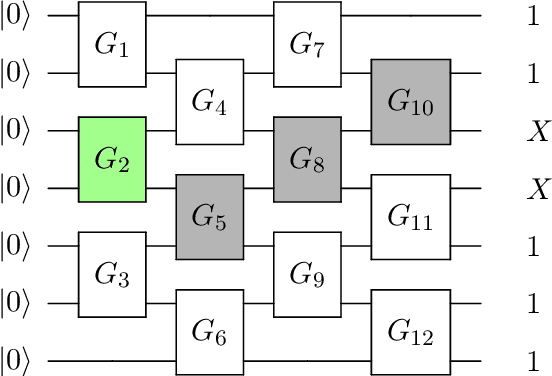
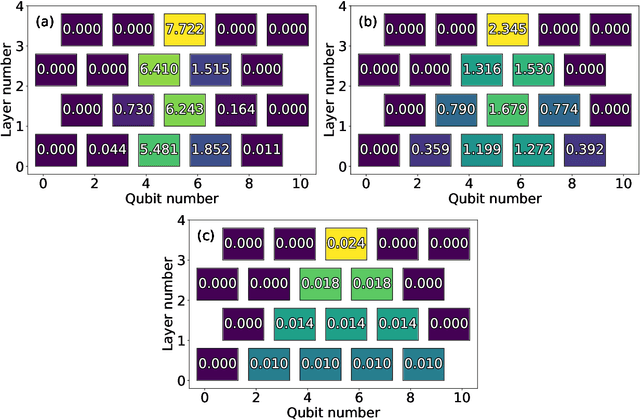
Abstract:Variational quantum algorithms rely on gradient based optimization to iteratively minimize a cost function evaluated by measuring output(s) of a quantum processor. A barren plateau is the phenomenon of exponentially vanishing gradients in sufficiently expressive parametrized quantum circuits. It has been established that the onset of a barren plateau regime depends on the cost function, although the particular behavior has been demonstrated only for certain classes of cost functions. Here we derive a lower bound on the variance of the gradient, which depends mainly on the width of the circuit causal cone of each term in the Pauli decomposition of the cost function. Our result further clarifies the conditions under which barren plateaus can occur.
Self-learning eigenstates with a quantum processor
Jun 23, 2020
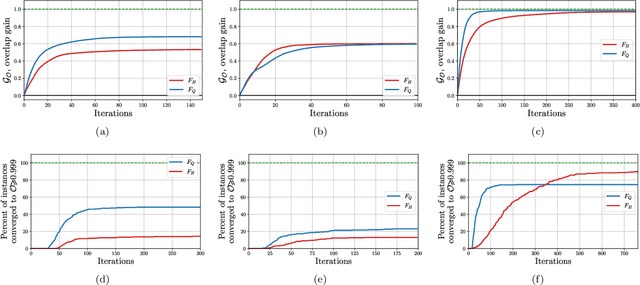
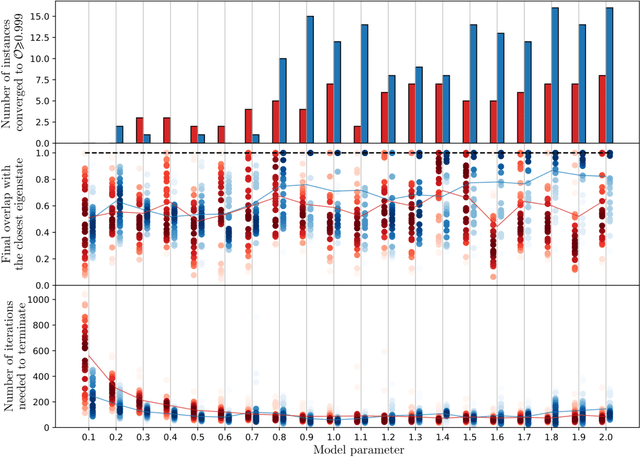
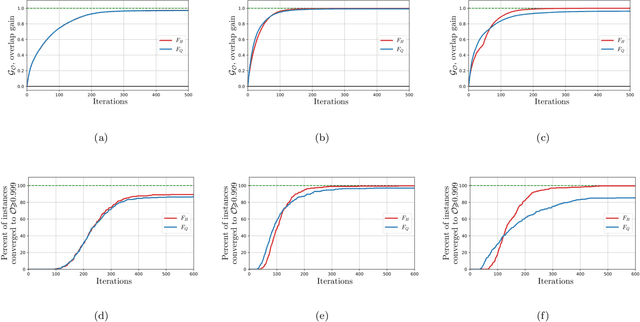
Abstract:Solutions to many-body problem instances often involve an intractable number of degrees of freedom and admit no known approximations in general form. In practice, representing quantum-mechanical states of a given Hamiltonian using available numerical methods, in particular those based on variational Monte Carlo simulations, become exponentially more challenging with increasing system size. Recently quantum algorithms implemented as variational models, have been proposed to accelerate such simulations. The variational ansatz states are characterized by a polynomial number of parameters devised in a way to minimize the expectation value of a given Hamiltonian, which is emulated by local measurements. In this study, we develop a means to certify the termination of variational algorithms. We demonstrate our approach by applying it to three models: the transverse field Ising model, the model of one-dimensional spinless fermions with competing interactions and the Schwinger model of quantum electrodynamics. By means of comparison, we observe that our approach shows better performance near critical points in these models. We hence take a further step to improve the applicability and to certify the results of variational quantum simulators.
Variational Quantum Eigensolver for Frustrated Quantum Systems
May 01, 2020
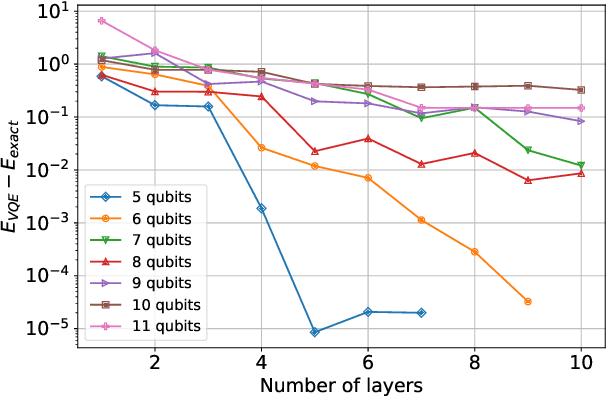
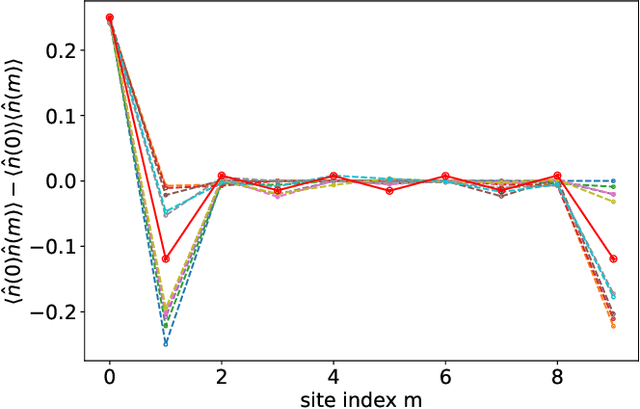
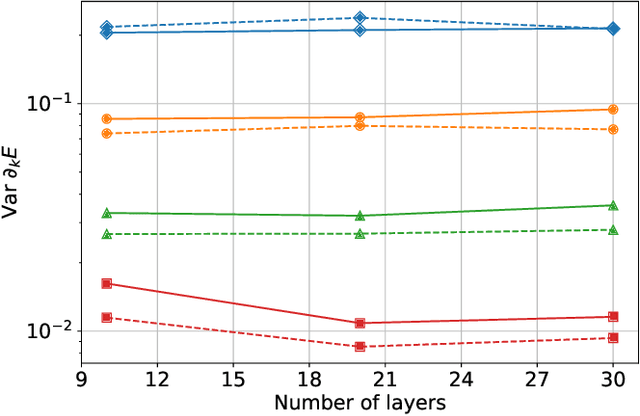
Abstract:Hybrid quantum-classical algorithms have been proposed as a potentially viable application of quantum computers. A particular example -- the variational quantum eigensolver, or VQE -- is designed to determine a global minimum in an energy landscape specified by a quantum Hamiltonian, which makes it appealing for the needs of quantum chemistry. Experimental realizations have been reported in recent years and theoretical estimates of its efficiency are a subject of intense effort. Here we consider the performance of the VQE technique for a Hubbard-like model describing a one-dimensional chain of fermions with competing nearest- and next-nearest-neighbor interactions. We find that VQE is able to recover the correlation function of the ground state and the excitation velocities even when the energy convergence is not exact. We also study the barren plateau phenomenon for the Hamiltonians in question and find that the severity of this effect depends on the encoding of fermions to qubits. Our results are consistent with the current knowledge about the barren plateaus in quantum optimization.
Machine Learning Phase Transitions with a Quantum Processor
Jun 24, 2019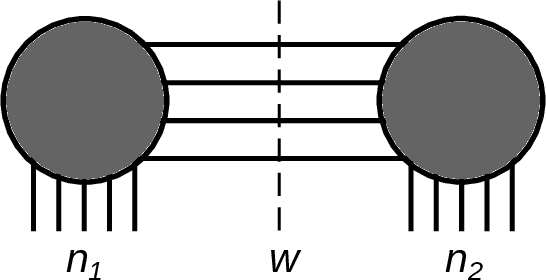
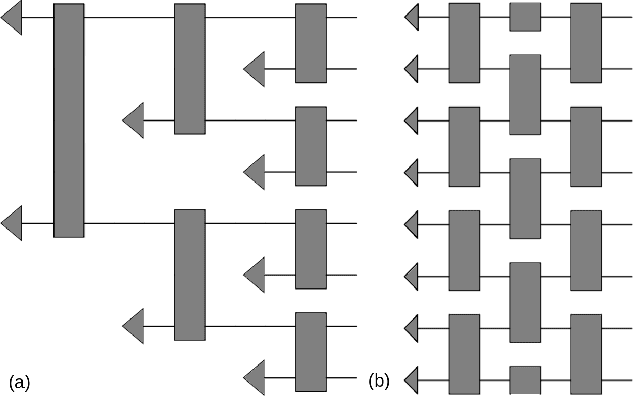
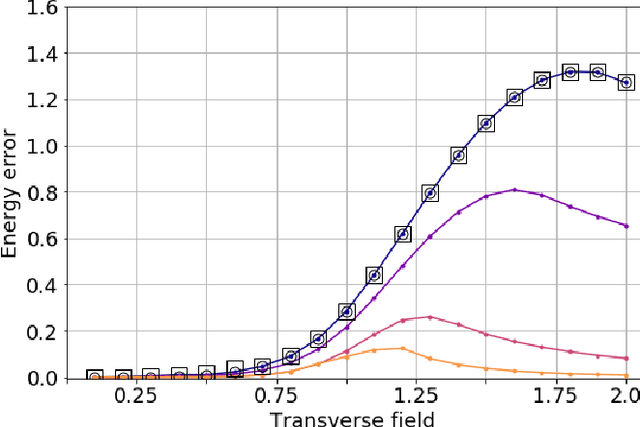
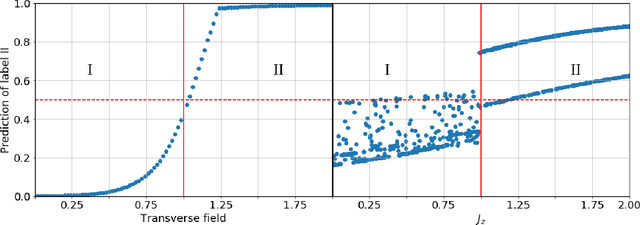
Abstract:Machine learning has emerged as a promising approach to study the properties of many-body systems. Recently proposed as a tool to classify phases of matter, the approach relies on classical simulation methods$-$such as Monte Carlo$-$which are known to experience an exponential slowdown when simulating certain quantum systems. To overcome this slowdown while still leveraging machine learning, we propose a variational quantum algorithm which merges quantum simulation and quantum machine learning to classify phases of matter. Our classifier is directly fed labeled states recovered by the variational quantum eigensolver algorithm, thereby avoiding the data reading slowdown experienced in many applications of quantum enhanced machine learning. We propose families of variational ansatz states that are inspired directly by tensor networks. This allows us to use tools from tensor network theory to explain properties of the phase diagrams the presented method recovers. Finally, we propose a nearest-neighbour (checkerboard) quantum neural network. This majority vote quantum classifier is successfully trained to recognize phases of matter with $99\%$ accuracy for the transverse field Ising model and $94\%$ accuracy for the XXZ model. These findings suggest that our merger between quantum simulation and quantum enhanced machine learning offers a fertile ground to develop computational insights into quantum systems.
 Add to Chrome
Add to Chrome Add to Firefox
Add to Firefox Add to Edge
Add to Edge